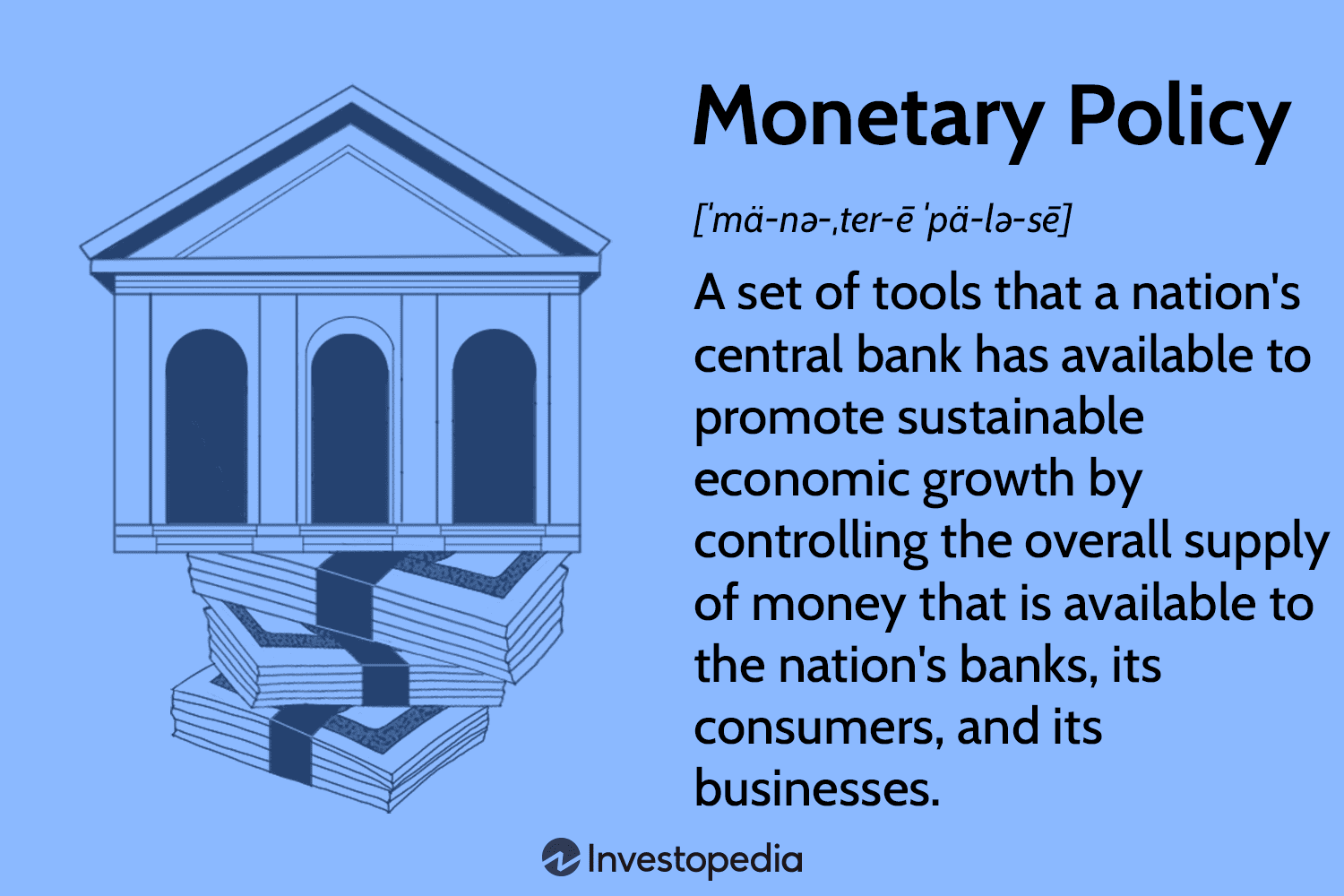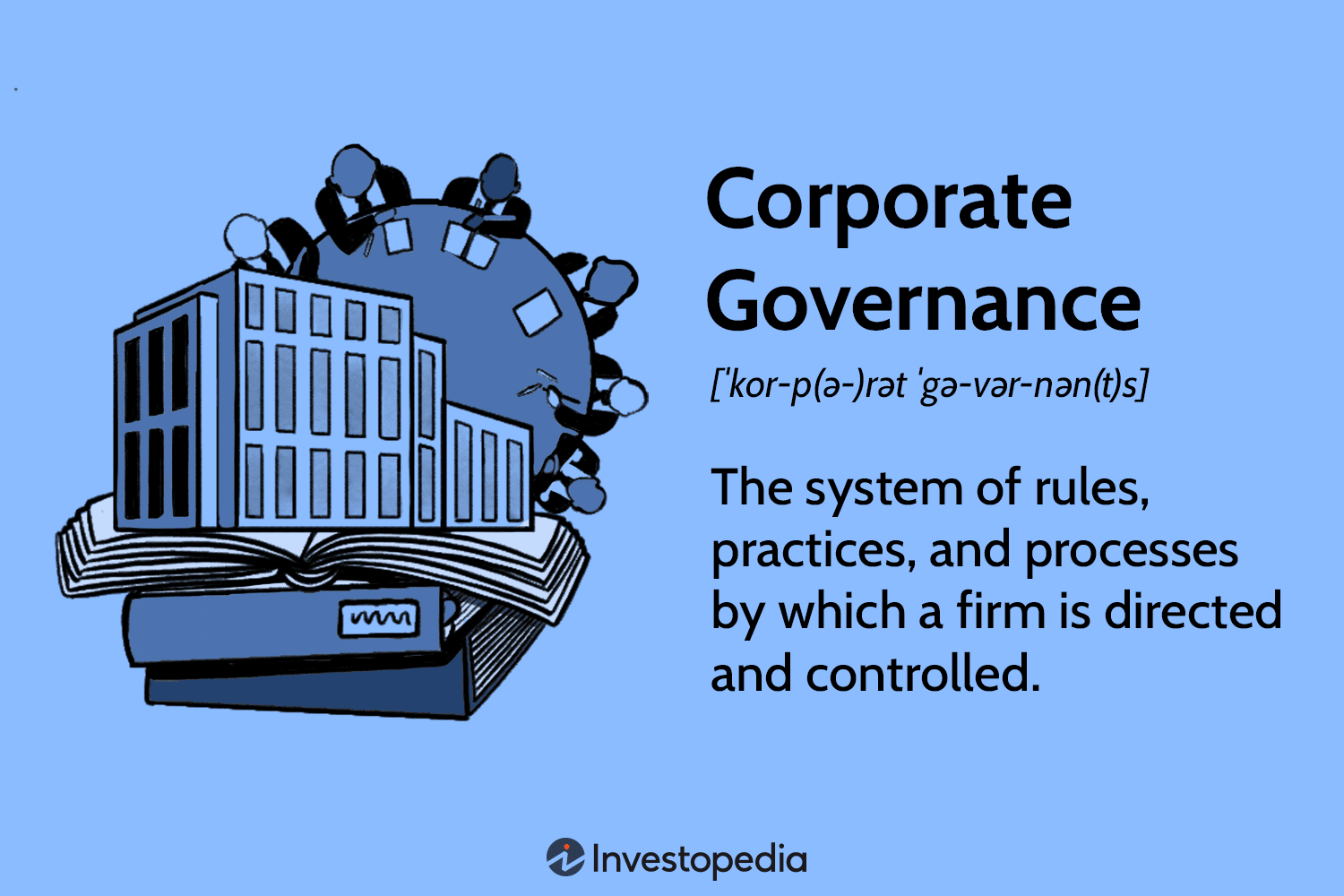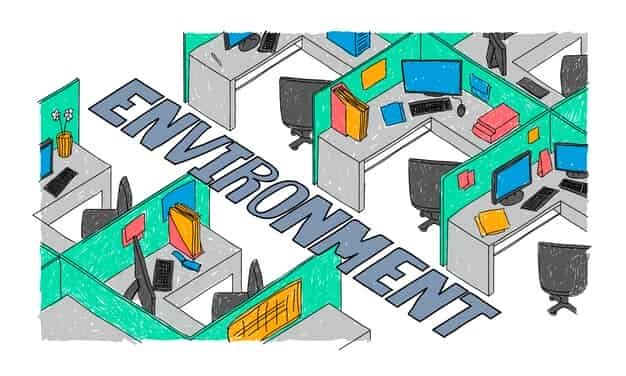Minimum Wage Impact on Economy: Key Facts
Mia Wilson
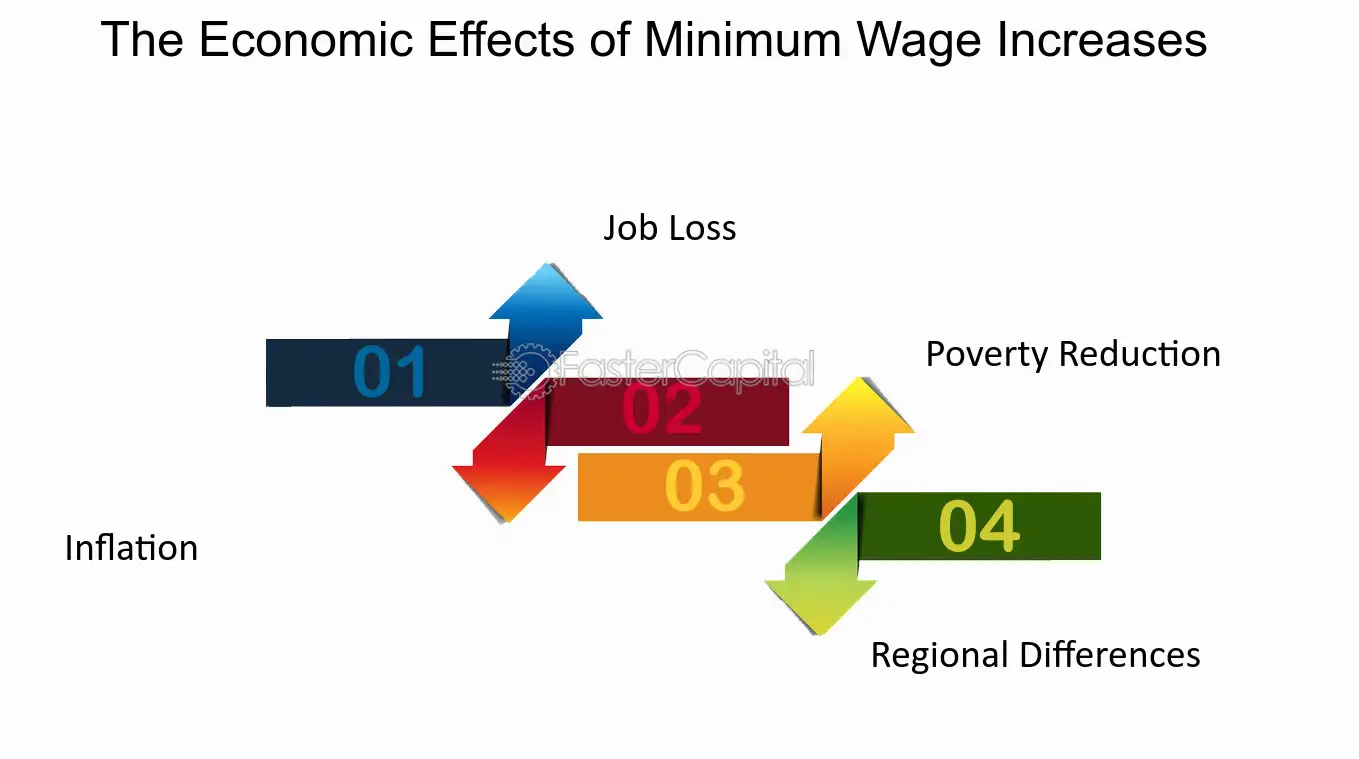
Photo: Minimum Wage Impact on Economy: Key Facts
Minimum Wage Impact on Economy: Key Facts
The minimum wage is a policy tool designed to ensure a baseline income for workers and promote fair compensation. Over time, debates around its efficacy have intensified as policymakers, economists, and businesses weigh its effects on the economy. Proponents argue that minimum wage increases reduce poverty and improve living standards, while critics claim they can lead to job losses and increased costs for businesses. Understanding the minimum wage's impact on the economy requires examining key facts about employment, inflation, productivity, and income inequality.
Background: What is Minimum Wage?
The minimum wage refers to the legally mandated lowest hourly rate that employers can pay workers. First introduced in the United States in 1938 under the Fair Labor Standards Act (FLSA), its goal was to stabilize the economy post-Great Depression by providing a livable wage to low-income earners. Other countries soon followed, implementing minimum wages tailored to their economic conditions.
Despite its good intentions, setting a minimum wage can have varied economic consequences, depending on factors such as industry type, worker demographics, and regional cost of living. As such, understanding how it influences the broader economy involves assessing its impact across different sectors.
Key Economic Impacts of Minimum Wage
1. Effect on Employment
One of the most contested aspects of raising the minimum wage is its impact on employment levels. Classical economic theory suggests that increasing wages above a market-clearing level results in reduced demand for labor, potentially causing job losses. However, empirical studies present mixed results:
- Positive Findings: Some studies indicate that moderate increases in the minimum wage have little to no adverse effect on employment. This may be due to increased worker productivity, reduced turnover, and improved morale when wages rise.
- Negative Findings: Other research highlights that significant wage hikes can hurt small businesses, particularly in labor-intensive industries, leading to layoffs or reduced hiring.
A 2021 report by the Congressional Budget Office (CBO) estimated that raising the federal minimum wage to $15 per hour could lift 900,000 people out of poverty but may also result in 1.4 million fewer jobs.
2. Impact on Business Costs and Prices
Higher wages inevitably increase labor costs for businesses, which can affect their pricing strategies and profitability. Companies typically respond in several ways:
- Passing Costs to Consumers: Businesses often raise prices to offset higher wages, leading to inflationary pressures. This phenomenon is known as "wage-push inflation."
- Efficiency Improvements: Some firms invest in automation or optimize operations to maintain profitability. While this boosts productivity, it can also reduce the need for low-skilled labor.
- Reduced Profit Margins: In competitive markets where price hikes aren't feasible, businesses may absorb costs, leading to slimmer profit margins.
Retail and hospitality sectors, which employ a significant share of minimum-wage workers, are particularly vulnerable to such cost pressures.
3. Influence on Poverty and Income Inequality
Raising the minimum wage has long been touted as a tool for reducing poverty and income inequality. By increasing the earnings of low-income workers, proponents argue that higher wages provide greater financial security, reduce reliance on social welfare programs, and stimulate consumer spending.
However, the extent of its impact depends on how wage increases are distributed across income brackets. Critics contend that many minimum-wage earners are part-time workers or secondary earners in middle-income households, meaning the policy may not effectively target the most vulnerable populations. Additionally, abrupt wage hikes can increase unemployment among low-skilled workers, exacerbating inequality.
4. Effect on Consumer Spending and Economic Growth
Higher wages can boost consumer spending, a critical driver of economic growth. When low-income workers earn more, they tend to spend a larger share of their income on goods and services, stimulating demand in local economies. This phenomenon is known as the "multiplier effect."
However, if businesses respond by cutting jobs or raising prices, the net impact on economic growth may be dampened. Striking a balance is crucial to ensure that wage increases translate into genuine economic benefits without significant negative side effects.
Global Perspectives on Minimum Wage
Different countries have adopted varying approaches to setting and adjusting minimum wages. For example:
- United Kingdom: The National Living Wage is periodically reviewed by independent bodies to reflect economic conditions and living costs.
- Germany: Introduced a statutory minimum wage in 2015, with regular revisions based on economic performance and inflation rates.
- Australia: Known for having one of the highest minimum wages globally, it employs a Fair Work Commission to review wage rates annually.
These international examples highlight the importance of tailoring minimum wage policies to specific economic contexts. Policymakers must consider local labor market dynamics, industry composition, and cost-of-living variations when setting wage floors.
Critical Considerations for Policymakers
Implementing or raising a minimum wage involves trade-offs. To minimize unintended consequences, policymakers can adopt complementary measures:
- Gradual Increases: Phasing in wage hikes over time allows businesses to adjust and reduces the risk of abrupt job losses.
- Regional Differentiation: Setting minimum wages based on regional economic conditions ensures that wages reflect local living costs.
- Support for Small Businesses: Offering tax credits or subsidies to small businesses can help them absorb higher labor costs without resorting to layoffs.
- Skills Training: Investing in upskilling and education ensures that workers are equipped to transition to higher-paying roles as the labor market evolves.
Conclusion: Balancing Equity and Efficiency
The minimum wage remains a contentious economic policy, with valid arguments on both sides. While it can enhance living standards and reduce income inequality, poorly designed wage hikes risk harming businesses and reducing employment opportunities. A nuanced approach one that considers regional differences, phases in increases gradually, and supports affected businesses can help strike the right balance.
Ultimately, effective minimum wage policies require ongoing evaluation and adjustment to reflect changing economic realities. By carefully weighing the costs and benefits, policymakers can ensure that wage floors promote both economic equity and efficiency.
For You
View AllUncover the basics of monetary policy, its tools, and how it influences economic growth. Click for easy insights!
Mia Wilson
Packing for one? Discover the ultimate solo travel packing checklist to stay prepared and stress-free on your next adventure!
Mia Wilson
Discover magical winter adventure destinations. From skiing to ice climbing, embrace the chill and create unforgettable memories this season!
Mia Wilson
Learn about corporate governance, its principles, and its role in ethical business practices. Click for essential insights!
Mia Wilson
Uncover the truth about blockchain's environmental impact and sustainability efforts.
Mia Wilson
Discover the key points of the Kyoto Protocol in this concise overview. Learn its significance and impact on global climate policy. Click to understand more!
Mia Wilson
Education
View All
April 24, 2025
What Is Distance Education? Explained!
Discover how distance education works, its benefits, and how it’s transforming learning. Start your journey today!
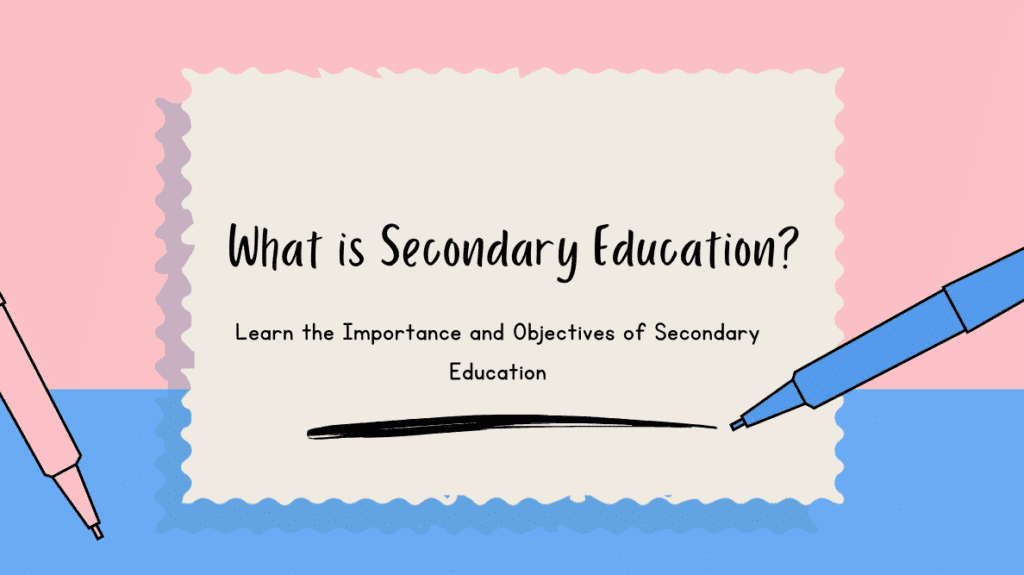
April 17, 2025
What Is Secondary Education? Explained!
Learn about secondary education, its structure, and its role in shaping academic and career paths. Get insights today!

April 14, 2025
What Is Post-Secondary Education?
Understand post-secondary education, its types, and how it shapes careers. Start exploring your opportunities today!
